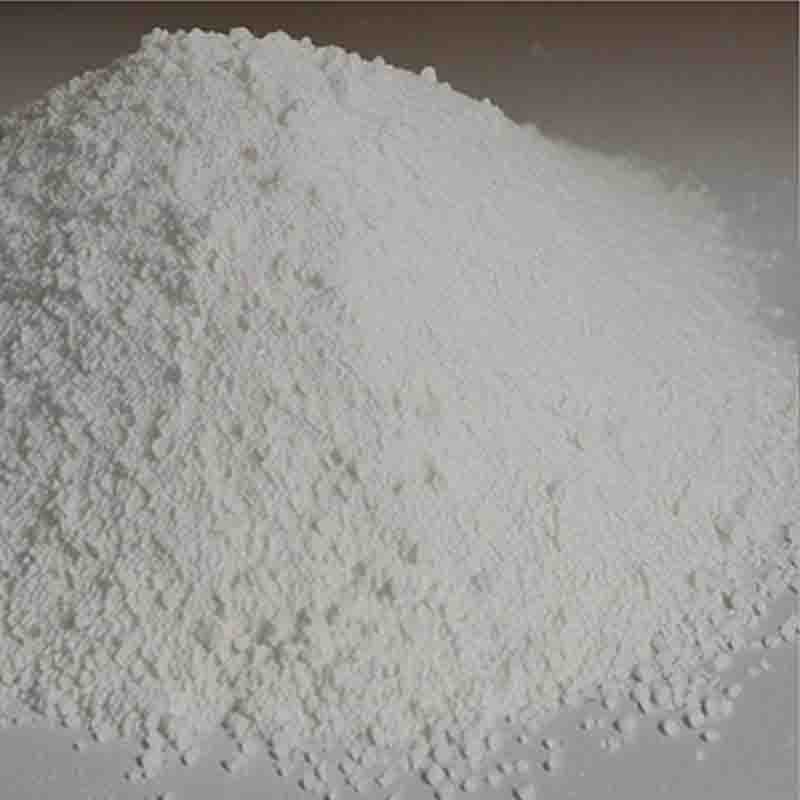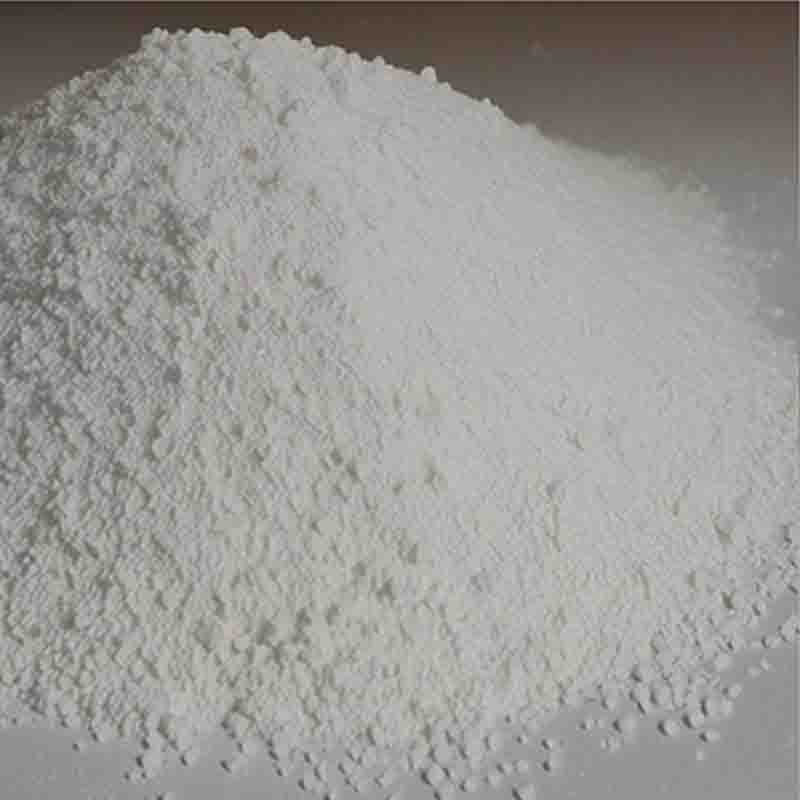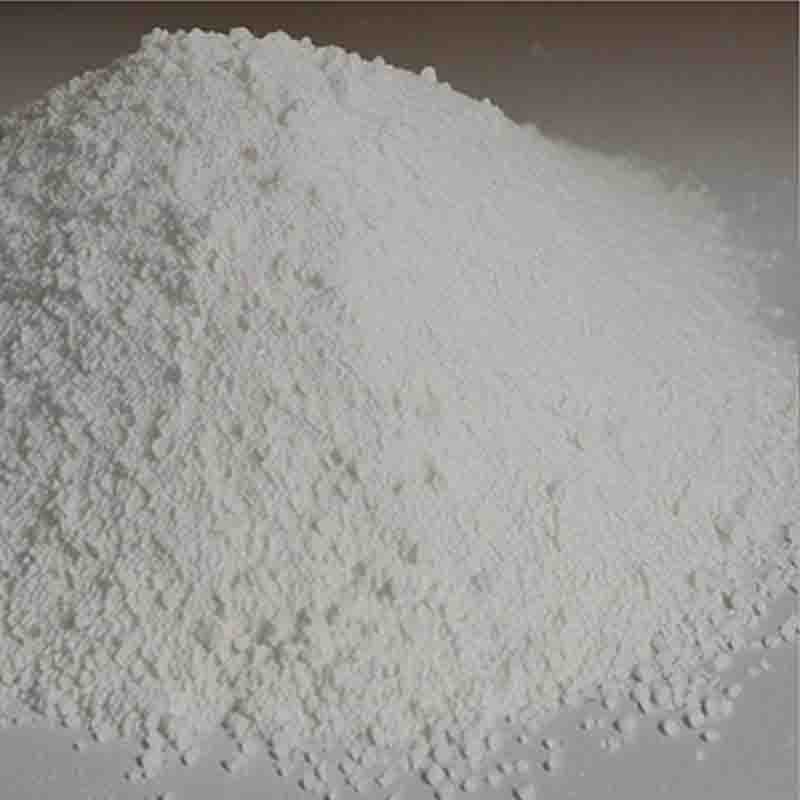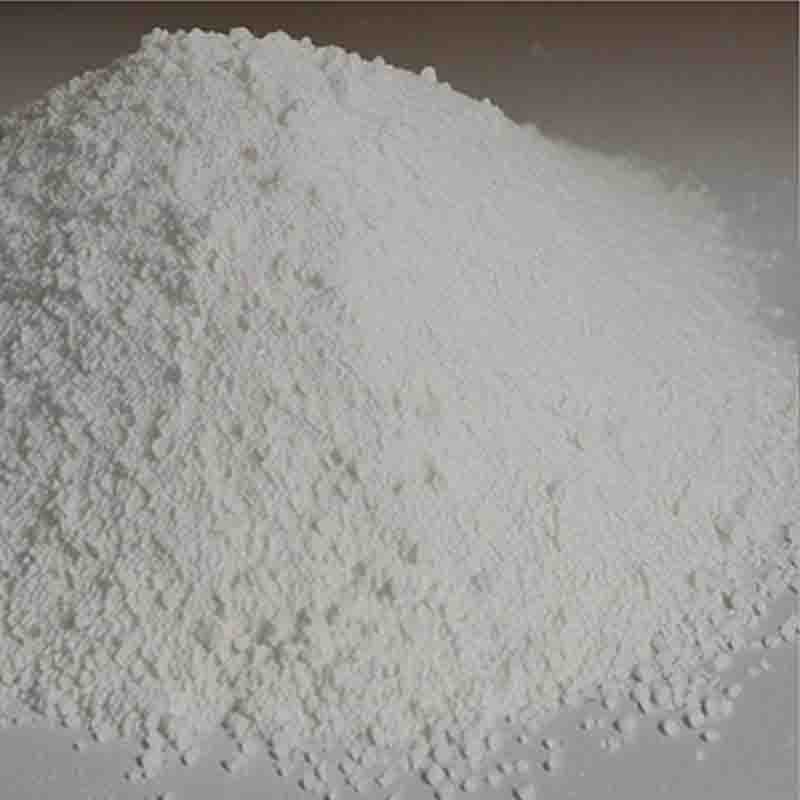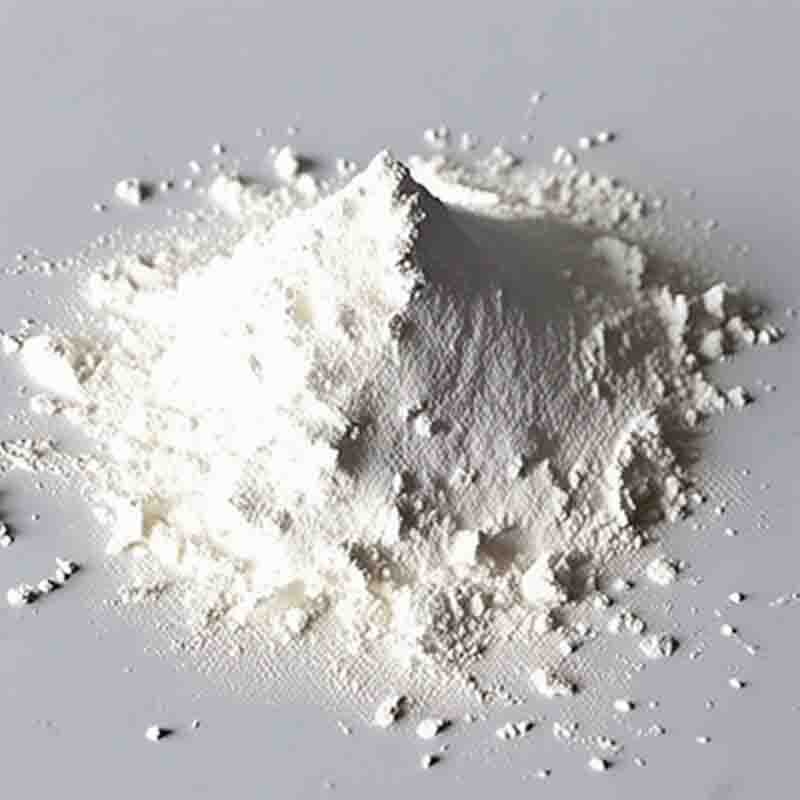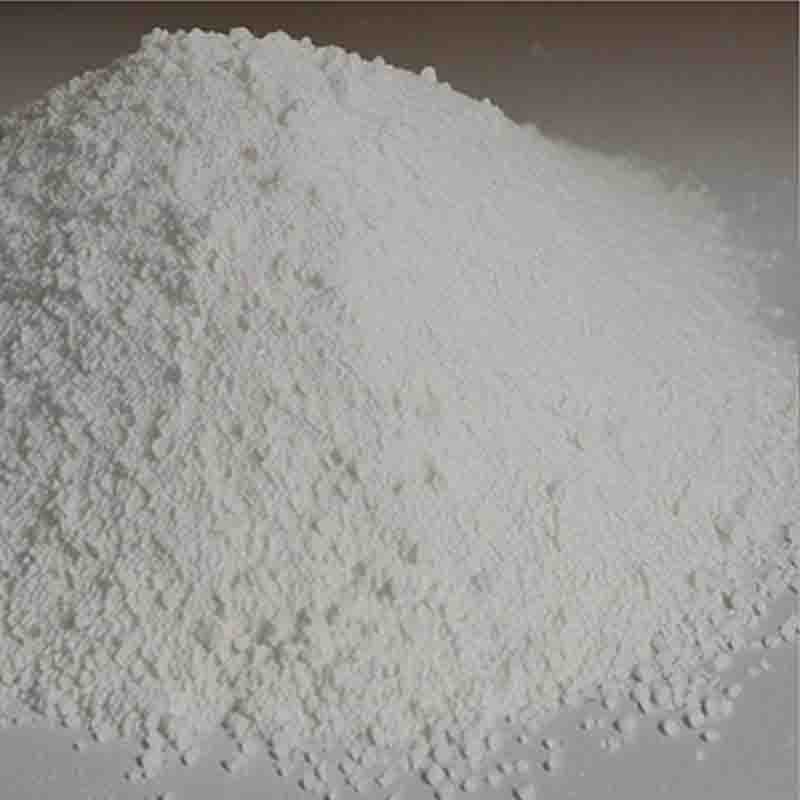2-CHLOROMETHYL-3,4-DIMETHOXYPYRIDINEHCl CAS:72830-09-2
| Catalog Number | XD94560 |
| Product Name | 2-CHLOROMETHYL-3,4-DIMETHOXYPYRIDINEHCl |
| CAS | 72830-09-2 |
| Molecular Formula | C8H11Cl2NO2 |
| Molecular Weight | 224.08 |
| Storage Details | Ambient |
Product Specification
| Appearance | White powder |
| Assay | 99% min |
2-Chloromethyl-3,4-dimethoxypyridine hydrochloride, also known as CMDP, is an organic compound that has garnered attention for its potential effects in different areas of research.One significant effect of CMDP is its potential as an antitumor agent. Studies have shown that CMDP has cytotoxic activity against various cancer cell lines, including liver cancer, breast cancer, and colorectal cancer cells. The compound has demonstrated the ability to inhibit cell proliferation and induce apoptosis, which suggests its potential in cancer treatment. However, further research is needed to fully understand the mechanisms of action and assess its effectiveness in vivo.CMDP has also shown potential as an anti-inflammatory agent. Inflammation plays a critical role in various diseases, including arthritis, asthma, and autoimmune disorders. Studies have indicated that CMDP can inhibit the release of pro-inflammatory cytokines and mediators, thereby reducing inflammation. This suggests that CMDP may have therapeutic potential in the treatment of inflammatory conditions. However, more research is necessary to explore its anti-inflammatory mechanisms and evaluate its efficacy and safety in different disease models.Additionally, it has been observed that CMDP exhibits antibacterial properties. Studies have shown that CMDP can inhibit the growth of certain bacteria, including Escherichia coli and Staphylococcus aureus. This suggests that CMDP may have potential as an antimicrobial agent in the future. However, further research is required to determine the full extent of its antibacterial activity and its potential application in clinical settings.Furthermore, CMDP has been studied for its potential as an insecticide. Research has indicated that CMDP exhibits insecticidal activity against various pests, including mosquitoes and fruit flies. This suggests its potential use in developing pest control strategies. However, it is important to note that further research is needed to evaluate its efficacy and safety in different insect species and to understand its mechanisms of action.In conclusion, CMDP has shown potential effects as an antitumor agent, anti-inflammatory agent, antibacterial agent, and insecticide. However, it is important to note that more research is required to fully understand its mechanisms of action, assess its safety and efficacy, and determine its potential applications in various therapeutic and agricultural fields.


